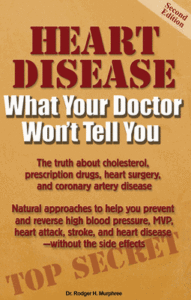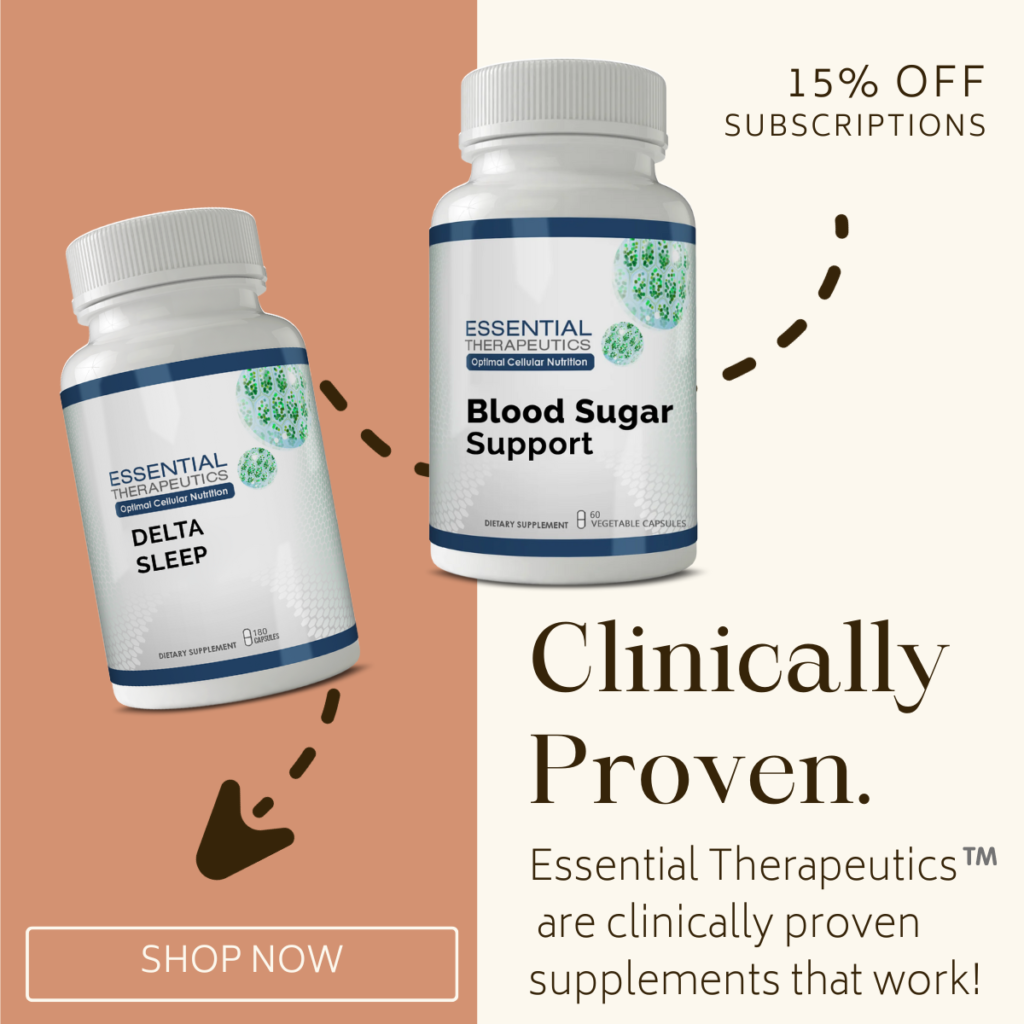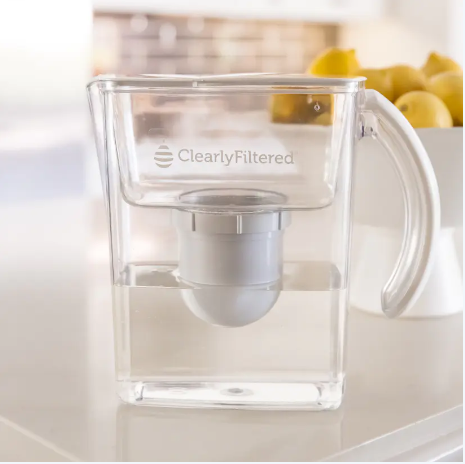Most Polluted Cities in America-Results Are In
The “State of the Air” 2023 report finds that after decades of progress on cleaning up sources of air pollution, nearly 36% of Americans—119.6 million people—still live in places with failing grades for unhealthy levels of ozone or particle pollution. Overall, this is 17.6 million fewer people breathing unhealthy air compared to last year’s report. The improvement was seen in falling levels of ozone in many places around the country, the continuation of a positive trend that reflects the success of the Clean Air Act. However, the number of people living in counties with failing grades for daily spikes in deadly particle pollution was 63.7 million, the most ever reported under the current national standard.
The American Lung Association “State of the Air 2023” report ranks cities and grades counties based on ozone and particle pollution during 2019, 2020 and 2021. For particle pollution, we rank separately the areas with high year-round (annual average) levels and high short-term levels (24-hour) found in monitoring sites across the United States. We take official data from the U.S. Environmental Protection Agency (EPA) to compile the results.
What Is Year-Round Particle Pollution?
Particle pollution is a mix of very tiny solid and liquid particles in the air. “Year-round” refers to an annual average level that represents the concentration of particles day-in and day-out.

Cities With Worst Air Quality
–> You can which cities rank the worst
–> And which cities were ranked the best
There are numerous health-robbing effects associated with polluted air including heart disease and high blood pressure. The American Heart Association issued a scientific statement concluding that exposure to air pollution contributes to cardiovascular illness and mortality. “Short-term exposure can increase the risk of heart attack, stroke, arrhythmias and heart failure in susceptible people, such as the elderly or those with pre-existing medical conditions.”
A recent study shows that breathing polluted air for even two hours can boost blood pressure, potentially raising the risk of cardiovascular disease in those exposed to smog.

Lowering Blood Pressure Naturally
According to the Centers for Disease Control and Prevention, an estimated 67 million Americans — approximately one in three adults — suffer from hypertension, or high blood pressure. In 2009 alone, high blood pressure was the primary or contributing cause of almost 350,000 deaths in the United States, which averages at 1,000 deaths per day. The disorder is, in essence, an epidemic in the Western world.
Unfortunately the common drugs used to high blood pressure are all linked to potentially deadly side effects.
Calcium Channel Blockers
Calcium channel blockers include the drugs Diltiazem (Cardizem CD¨, Cardizem SR¨, Dilacor XR¨), Nifedipine (Procardia XL¨), and Verapamil (Calan¨, Calan SR¨, Isoptin¨, Isoptin SR¨, Verelan¨).
Calcium channel blockers were put on the market without proper testing, according to Dr. Kurt Ferver, Wake Forest School of Medicine. For those who take them, there is not only an increase in strokes, but a five-fold increase in the risk of heart attacks.
One study shows that those taking a calcium channel blocker are 60% more likely to have a heart attack than those taking a diuretic or beta blocker.

Common side effects associated with calcium channel blockers are fatigue, flushing, swelling of the abdomen, ankles, or feet, and heartburn. Less common side effects are changes in heart rate, tachycardia or bradycardia (slow heart rate), shortness of breath, difficulty swallowing, dizziness, numbness in hands and feet, gastrointestinal bleeding, chest pains, jaundice, and fainting.
Beta Blockers
Commonly prescribed beta blockers include: Atenolol (Tenoretic¨, Tenormin¨), Metoprolol (Lopressor¨, Toprol XL¨), Nadolol (Corgard¨), and Propranolol (Inderal¨).
Beta blockers have several potential side effects, including congestive heart failure, shortness of breath, heart block, fatigue, lethargy, drowsiness, depression, insomnia, headaches, dizziness, tingling in the hands and feet, wheezing, bronchospasm, increased severity of asthma or chronic pulmonary obstructive disease, decreased sex drive, muscle fatigue, reduced HDL (good cholesterol), and increased LDL and triglycerides.
ACE Inhibitors
Potential side effects include a dry cough, gastrointestinal disturbances, numbness or tingling in the hands and feet, joint pain, fever, lightheadedness, and fatigue.9
Commonly prescribed ACE inhibitors include Captopril (Capoten¨), Enalapril (Vasotec¨), and Lisinopril, (Prinivil¨, Zestril¨).
Angiotensin II Receptor Blockers
These medications, which include Diovan, Benicar, Micardis, Avapro, Cozaar, Teveten, and Atacand, are used to treat hypertension and CHF.
Potential side effects to these medications include headache, upper respiratory infection, cough, dizziness, sinusitis, throat inflammation, diarrhea, fatigue, back pain, viral infections, and abdominal pain.10

Foods That Reduce Blood Pressure
- Garlic — A pilot study published in Pharmacotherapy in 1993, for instance, found that patients who consumed a garlic preparation that consisted of 1.3 percent allicin (the sulfur compound responsible for so many of garlic’s benefits) experienced a reduction in sitting blood pressure 5 hours after the dose, and a significant increase in diastolic blood pressure between 5 and 14 hours after the dose. Moreover, a 2009 study in the Journal of Agricultural and Food Chemistry found that garlic’s cardioprotective properties were stronger in freshly crushed garlic than in processed garlic.
- Hot chilies — Hot chilies are packed with capsaicin, an odorless compound that gives them their trademark heat. Capsaicin also happens to be a vasodilator, meaning that it can expand blood vessels and improve blood flow, and it is proven to treat countless cardiovascular issues — including high blood pressure. For example, a 2010 study published in Cell Metabolism found that long-term consumption of capsaicin could lower blood pressure in rats suffering from genetic hypertension.
- Cacao — This Central and South American super-food’s cardiovascular benefits, which are often attributed to its high concentrations of flavanols and magnesium, have been extensively studied. One 2011 study featured in Acta Medica Indonesiana showed that dark chocolate (of which cacao is the main ingredient) could decrease blood pressure in prehypertensive subjects after 15 days of consumption. Another 2011 study, published in Food & Function, found that cacao polyphenol extracts had a beneficial effect on arterial blood pressure among hypertensive rats.
- Turmeric — Turmeric is a warm and peppery spice that is rich in curcumin. Like the capsaicin found in chilies, curcumin is a potent anti-inflammatory and vasodilator, and is great for treating cardiovascular conditions like high blood pressure. A study featured in Nutrients, March 2014, showed that curcumin could prevent elevated blood pressure and vascular dysfunction among mice suffering from cadmium-induced hypertension. According to a review in the International Journal of Cardiology, curcumin can also “ameliorate the development of cardiac hypertrophy and heart failure in animal models.”
- Antioxidant rich foods- Antioxidants are found in most fruits and vegetables. Several studies have shown that increasing the daily intake of these foods helps reduce high blood pressure. One antioxidant, Lycopene, has the ability to lower both systolic and diastolic pressure by up to 10 points. Lycopene is found in tomatoes, gauvas, pink grapefruit, watermelon, papayas, red peppers, and strawberries.
My number one natural remedy for high blood pressure is weight loss. I find that patients who are overweight and who have high blood pressure, lose as little as 10 pounds, often see dramatic results in normalizing their blood pressure. (learn more at 2transformhealth.com)
My number two recommendation, for lowering blood pressure, is to take the enzyme CoQ10
CoQ10 significantly improves diastolic and systolic pressure in essential hypertension. In one study, more than half of the patients receiving 225 mg of CoQ10 a day were able to terminate the use of from one to three antihypertensive medications.
Anyone with CAD, or anyone who suspects they are in the stages of CAD, should be taking CoQ10. Studies show that taking 100 to 225 mg of CoQ10 a day reduces systolic blood pressure by an average of 15 points and diastolic pressure by 10 points.
CoQ10 is also known as ubiquinone. It has been demonstrated that it is an essential nutrient for proper cardiovascular function. CoQ10 has been shown to be effective in returning heart function to normal. This is especially true when discussing congestive heart failure.
CoQ10 can’t be manufactured by the body. Instead, we must obtain CoQ10 from the foods we eat. Meat, dairy, and certain vegetables, such as spinach and broccoli, which contain the highest concentrations of CoQ10. We tend to absorb and utilize less CoQ10 as we age. Research also shows that we tend to need more CoQ10 as we age.
The primary function of CoQ10 is to provide cellular energy. In each cell there are organelles (small organ cells) known as mitochondria. They allow a chain of chemical reactions to create a spark, which generates 95 percent of the body’s energy. CoQ10 is the spark that helps ignite the energy production within the mitochondria. Without CoQ10 there is no cellular energy!
CoQ10 is more abundant in some cells and organs than in others. It tends to congregate in the organs, which need the most energy including the heart and liver. Researchers investigating CoQ10 have estimated that as little as a 25 percent reduction in bodily CoQ10 will trigger various disease processes including high blood pressure, coronary artery disease, cancer, and immune system dysfunction.
CoQ10 was discovered in 1957. Dr. Karl Folkers and fellow researchers at the University of Texas in Austin are credited with identifying the importance of CoQ10 in bodily functions. Dr. Folkers has been honored with the Priestly Medal, the highest award bestowed by the American Chemical Society, for his work with CoQ10, vitamins B6, and B12. In his acceptance for the Priestly Medal, Dr. Folkers pointed out that CoQ10 therapy was a major advancement in the treatment of heart disease. In fact, one of the studies he sited showed that the those treated over a 3 year period with CoQ10 and conventional medical therapies had a 75 percent survival rate compared to a 25 percent survival rate for those who used conventional drug therapy alone. Dr. Folkers went on to say, “I believe it is quite possible that cardiovascular disease may be significantly caused by a deficiency of CoQ10.”
The results of using CoQ10 in treating heart disease can be quite dramatic as the study below illustrates.
A group of class IV (terminal) congestive heart failure patients were supplemented with CoQ10 in addition to their prescription medications. Normally, class IV patients live only a matter of days. Seventy one percent of those taking the CoQ10 survived one year and 62 percent survived 2 years!
Several studies have demonstrated the role high blood pressure plays in heart disease. Research also shows that CoQ10 is able to reduce blood pressure in high-risk heart disease patients. In one study CoQ10 lowered systolic pressure from an average of 141 to 126 and diastolic from 97 to 90.
CoQ10, until recently, was a prescription medication in Japan. It is quite popular in Japan where there hundreds of commercial CoQ10 preparations from more than 80 different pharmaceutical companies.
Over 12 million (approximately 10 percent of the population) Japanese take CoQ10 on a regular basis to prevent and treat heart disease. This number is rapidly growing since the recent change in laws that now allow CoQ10 to be sold over the counter. Japanese physicians have a long track record of using CoQ10. In fact, 75 percent of all supplemental CoQ10 comes from Japan. The popularity of CoQ10 has made the price of the high quality Japanese CoQ10 which reaches the United States, fairly expensive. Venders and manufacturers say the price will eventually come down once the large Japanese manufacturers increase the capacity to meet the growing demand for CoQ10.
Dosage?
I recommend my patients consider taking a minimum of 100-200 mg for prevention and treatment of coronary heart disease, including associated high blood pressure.

Self Help Guide For Reducing Exposure To Toxins and Pollution
–> Learn more about toxins and pollution and what you can do to limit your exposure










